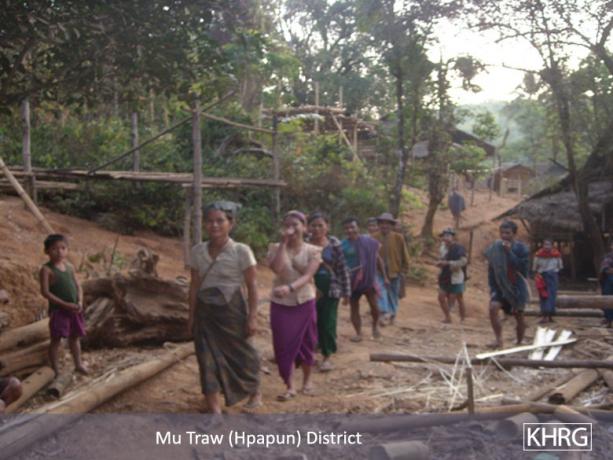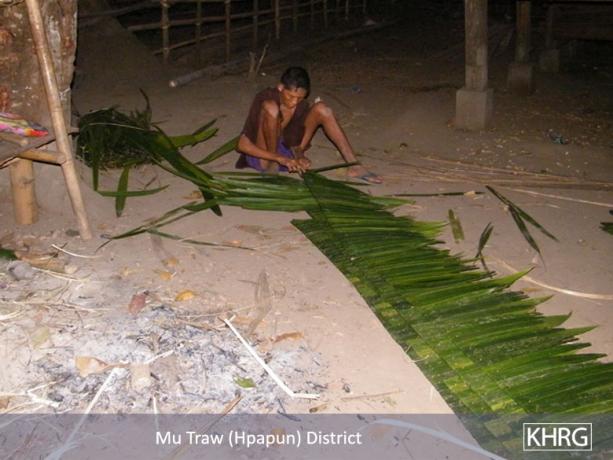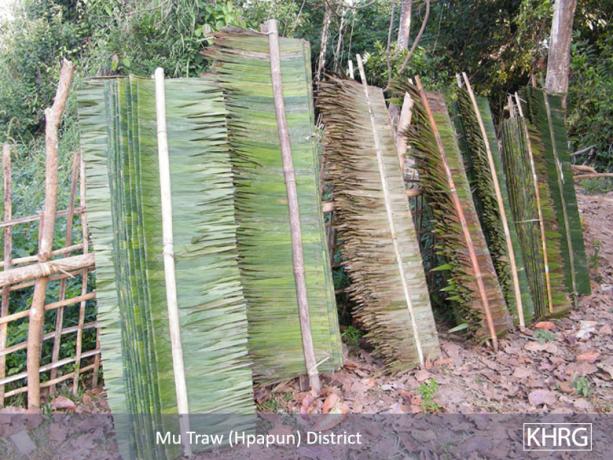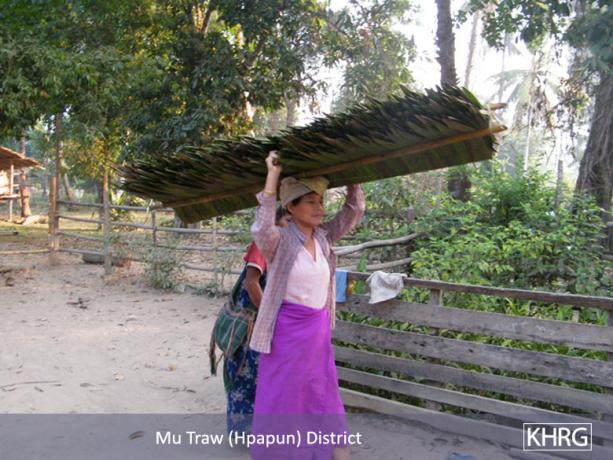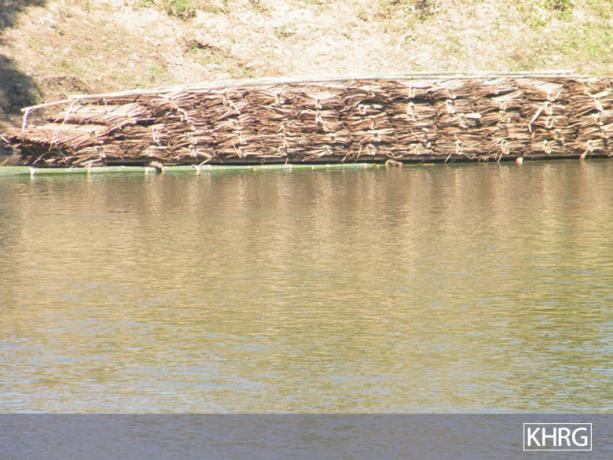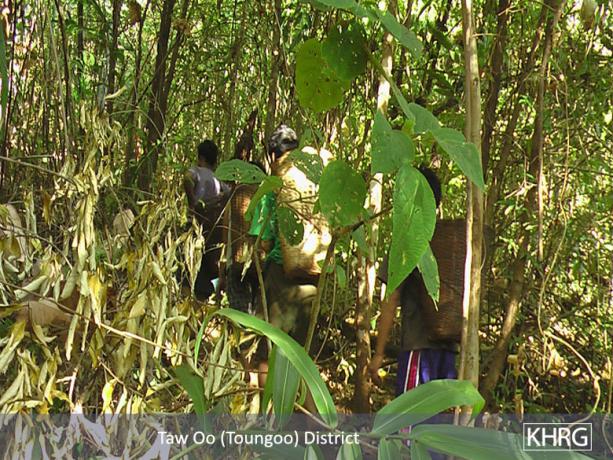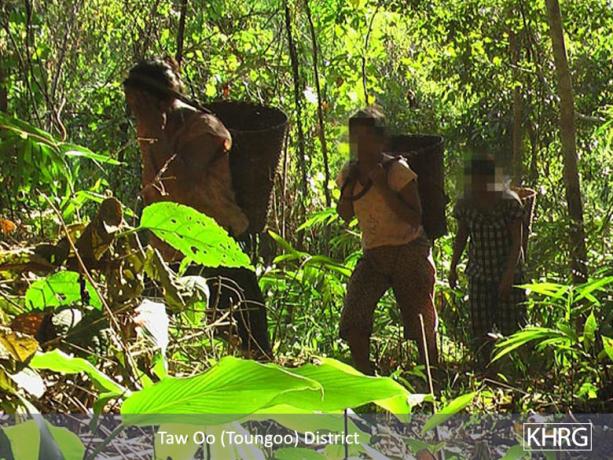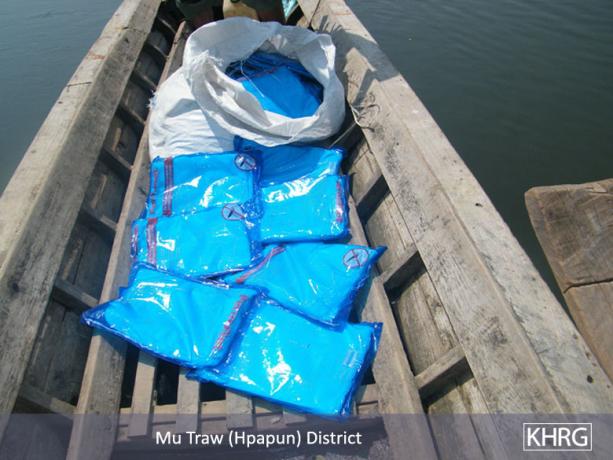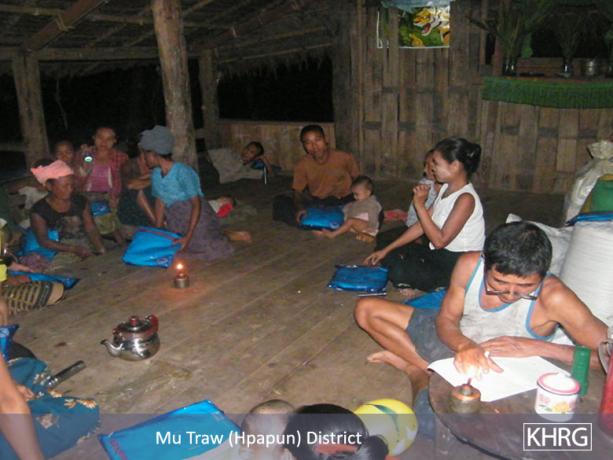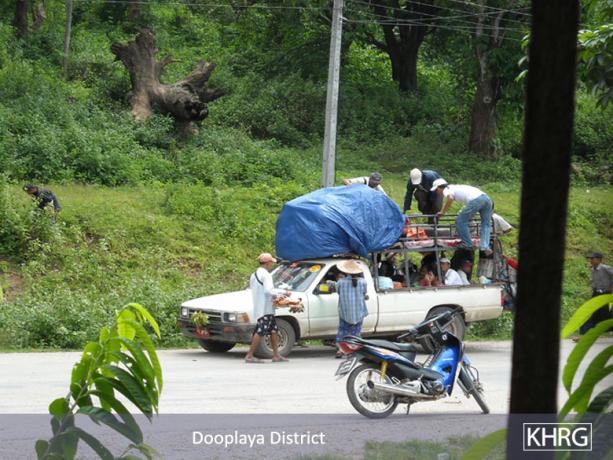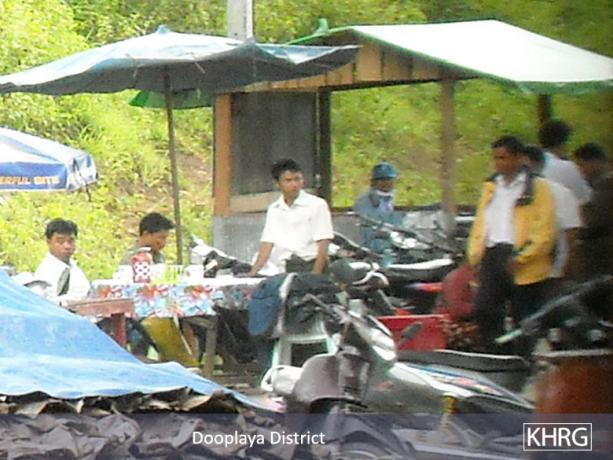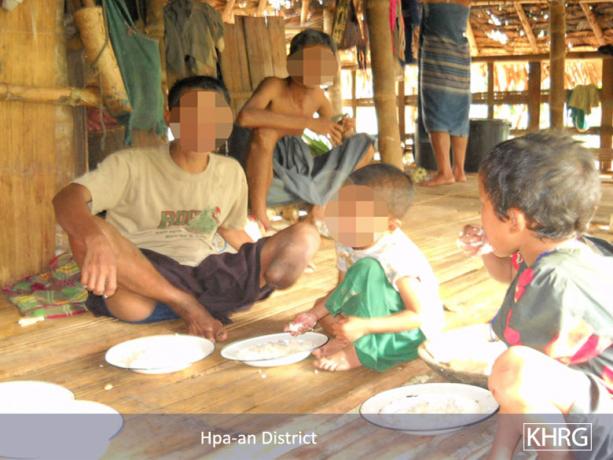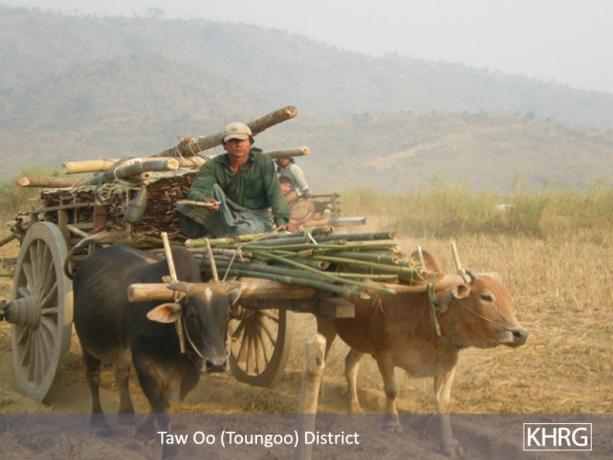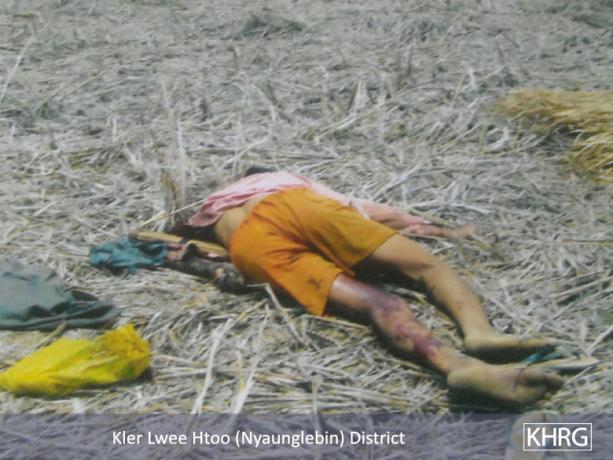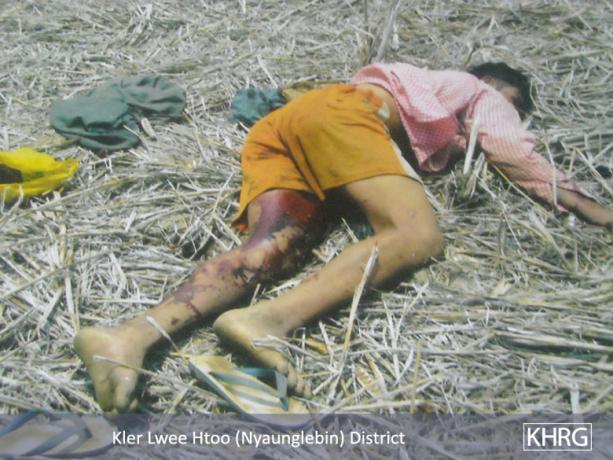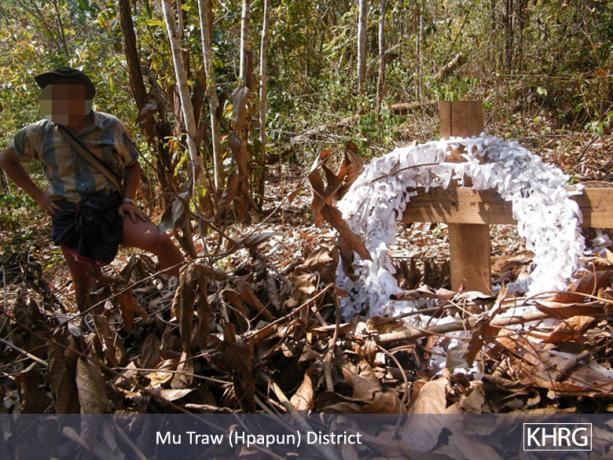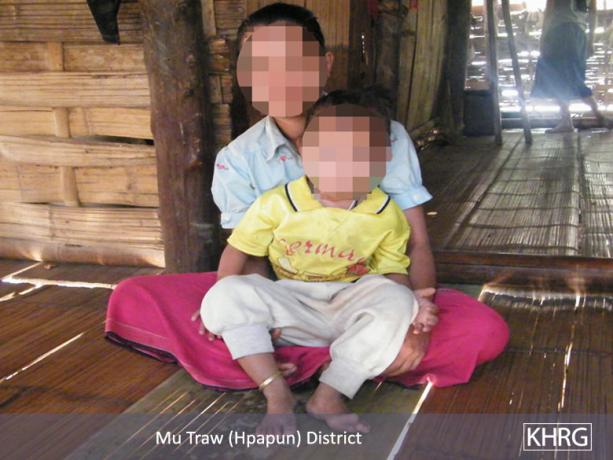The first installment of KHRG's Photo Gallery 2010 presents 131 still images selected from photos taken by field researchers since July 2009. Of these photos, 56 were taken during the latter half of 2009 and 75 were taken during 2010. This edition of the gallery is divided into six subtopics, including Forced relocation and displacement, Life under military control, Convict porters, Children in armed conflict, Soldiers, army camps and weapons, and Land and livelihoods. KHRG is committed to documenting not just the way that villagers are victims of human rights abuses, but also the myriad protection strategies they employ to resist abuse as well as maintain cultural practices and continuity in their lives.
The first installment of KHRG's Photo Gallery 2010 presents 131 still images selected from photos taken by field researchers since July 2009. Of these photos, 56 were taken during the latter half of 2009 and 75 were taken during 2010. This edition of the gallery is divided into six subtopics, including Forced relocation and displacement, Life under military control, Convict porters, Children in armed conflict, Soldiers, army camps and weapons, and Land and livelihoods.
KHRG is committed to documenting not just the way that villagers are victims of human rights abuses, but also the myriad protection strategies they employ to resist abuse as well as maintain cultural practices and continuity in their lives. Consequently, all sections of this report include a wide variety of photo selections, not just photos of villagers as victims.
Since the last photo gallery was released, KHRG has continued to document abuses of the type documented in earlier editions. Villagers already under government control continue to report abuses related to SPDC and DKBA attempts to consolidate control and support ongoing militarization of the countryside. Elsewhere, the SPDC Army continues efforts to expand control, particularly into upland areas in northern Karen State. Though the Northern Karen State Offensive appears to have drawn to a close, attacks on villagers in hiding nonetheless continue. According to the most recent figures, more than 60,000 villagers remain displaced and in hiding. Beginning in May 2009, soldiers from the SPDC and DKBA also became more active in southern Papun District and northern Pa'an districts. In spite of difficulties, however, villagers continue to employ a variety of protection strategies for resisting abuse.
Photos included in the Photo Gallery are identified with alphanumeric characters shown below each image. All photos are by KHRG except where otherwise noted.
Life under military control
The majority of Karen areas in eastern Burma are controlled by the SPDC and DKBA. Villagers in these areas must contend with a variety of abuses related to attempts by these armed groups to consolidate and maintain their control. Abuses in these areas are chiefly exploitative, as both armed groups seek to support militarization of the countryside. In this context, villagers are frequently required to pay high rates of taxation and provide materials and labour for building and maintaining roads and army camps. The KNLA also remains active in areas under SPDC and DKBA control, where it launches attacks and places landmines. In response, villagers accused of supporting the KNLA are detained and questioned, as well as subjected to fines, torture, and the destruction of their property. Landmines and UXOs remain a persistent risk in these areas and villagers are also subjected to restrictions on movement and trade.



